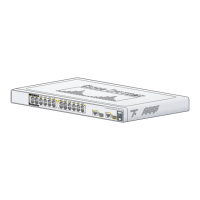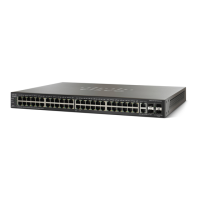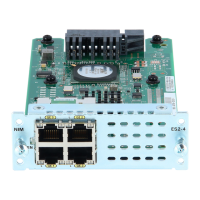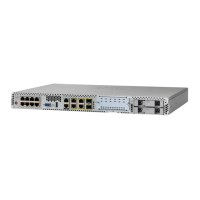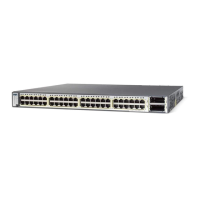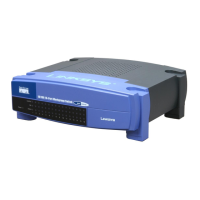Configuring Spanning Tree
Defining Multiple Spanning Tree
ESW 500 Series Switches Administration Guide 288
11
when a LAN has two or more connections connected to a shared
segment.
-
Disabled
— Indicates the port is not participating in the Spanning Tree.
• Mode — Indicates the current Spanning Tree mode. The possible field values
are:
-
STP
— Indicates that Classic STP is enabled on the device.
-
RSTP
— Indicates that Rapid STP is enabled on the device.
-
MSTP
— Indicates that MSTP is enabled on the port.
• Type — Indicates if the port is a point-to-point port, or a port connected to a
hub. The possible field values are:
-
Boundary Port
— Indicates the port is a boundary port. A Boundary port
attaches MST bridges to LAN in an outlying region. If the port is a
boundary port, it also indicates whether the device on the other side of
the link is working in RSTP or STP mode
-
Master Port
— Indicates the port is a master port. A Master port
provides connectivity from a MSTP region to the outlying CIST root.
-
Internal
— Indicates the port is an internal port.
• Port Priority — Defines the interface priority for specified instance. The default
value is 128. The priority value is between 0 -240. The priority value is
provided in increments of 16.
• Path Cost — Indicates the port contribution to the Spanning Tree instance. The
range should always be 1-200,000,000.
• Port State — Indicates the MSTP status on the specific port. The possible field
values are:
-
Disabled
— Indicates that STP is currently disabled on the port. The port
forwards traffic while learning MAC addresses.
-
Blocking
— Indicates that the port is currently blocked and cannot
forward traffic or learn MAC addresses.
-
Listening
— Indicates that the port is in Listening mode. The port cannot
forward traffic nor can it learn MAC addresses.
-
Learning
— Indicates that the port is in Learning mode. The port cannot
forward traffic, however it can learn new MAC addresses.
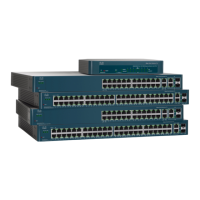
